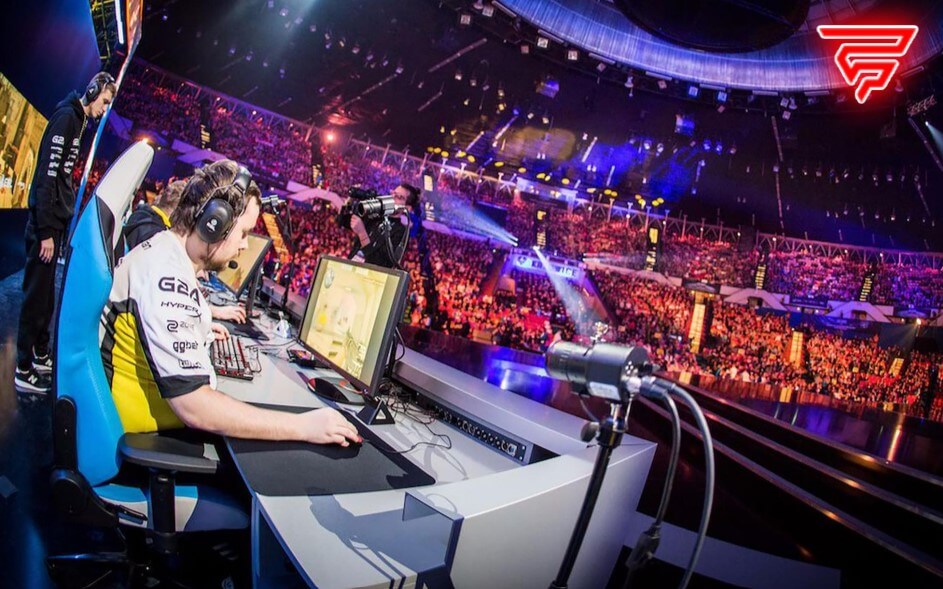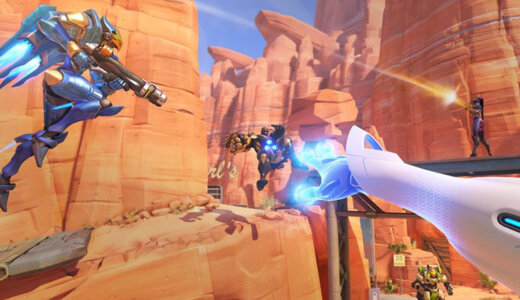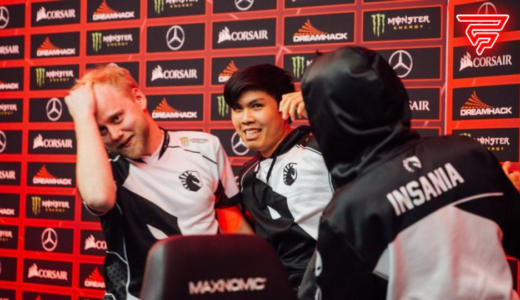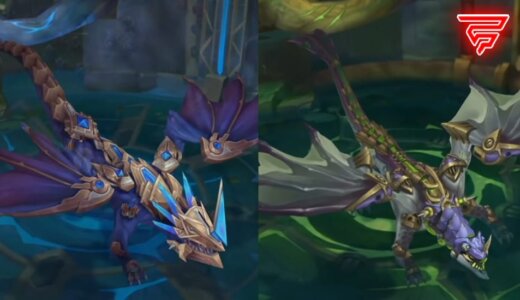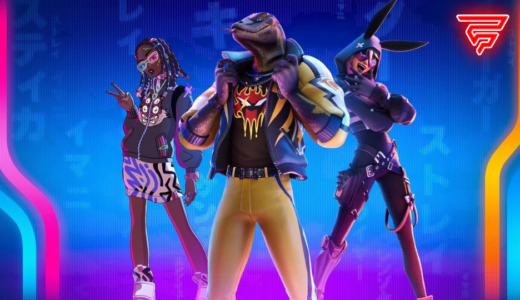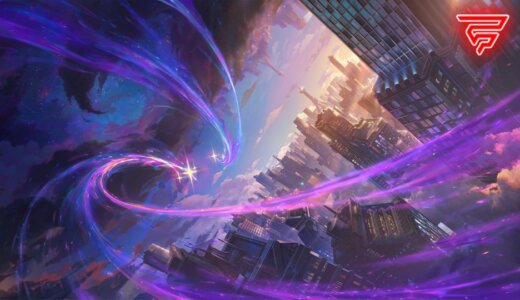Counter-Strike 2, the highly anticipated sequel to the popular first-person shooter game, has brought about a lot of buzz regarding its tick rate. Tick rate refers to how often the game server updates the game state. In simpler terms, it determines how many times per second the server sends information about the game to the players.
In the original Counter-Strike and its successor, Counter-Strike: Global Offensive (CS), the tick rate was locked at 64 Hz on official servers, which means that the server updates the game state 64 times per second. However, in Counter-Strike 2, the tick rate has been increased to sub-tick updates, which means that the servers will update the game state beyond 64 Hz. This is a significant improvement, as it will eliminate server registration problems that existed in CS.
The change in tick rate has been a contentious topic in the Counter-Strike community, with players and fans eagerly awaiting the release of Counter-Strike 2 to see how the new tick rate will affect gameplay. Many are hopeful that the increased tick rate will result in a more reliable and accurate gaming experience. However, some players are concerned that the higher tick rate may cause performance issues on lower-end computers. Overall, the change in tick rate is a significant improvement for the game, and it will be interesting to see how it affects gameplay in the long run.
Understanding Tick Rate
Definition of Tick Rate
In Counter Strike 2, tick rate refers to the frequency at which the game server processes updates. The tick rate is measured in hertz, and it determines how often the server sends updates to the client. A higher tick rate means that the server sends updates more frequently, resulting in a smoother and more responsive gameplay experience.
Importance in Counter Strike 2
Tick rate is a crucial aspect of Counter Strike 2 gameplay, as it affects the precision and smoothness of the game. A higher tick rate can make the game feel more responsive, as the server sends updates more frequently, resulting in less delay between the player’s actions and the game’s response.
On the other hand, a lower tick rate can result in a less smooth and less responsive gameplay experience. Players may experience delay or lag between their actions and the game’s response, which can be frustrating and impact the overall gameplay experience.
It is also worth noting that different game modes and servers may have different tick rates. Official servers in Counter Strike 2 have a tick rate of 64 Hz, while third-party servers may have higher tick rates of up to 128 Hz. It is important for players to be aware of the tick rate of the server they are playing on, as it can significantly impact their gameplay experience.
In conclusion, understanding tick rate is essential for any Counter Strike 2 player who wants to optimize their gameplay experience. By playing on servers with higher tick rates, players can enjoy a smoother and more responsive gameplay experience, resulting in a more enjoyable and competitive game.
Technical Aspects of Tick Rate
Server Tick Rate
In Counter-Strike 2, the server tick rate is the frequency with which the server processes updates. A higher tick rate means that the server is processing updates more frequently, which can result in smoother gameplay and more accurate hit detection. The default tick rate in Counter-Strike 2 is 64, but some servers may run at a higher tick rate of 128.
Client Tick Rate
The client tick rate is the frequency with which the client sends updates to the server. This rate is typically tied to the player’s FPS, or frames per second. A higher client tick rate means that the player’s computer is sending updates to the server more frequently, which can result in smoother gameplay and more accurate hit detection.
Tick Rate Calculation
The tick rate is calculated by dividing 1 second by the number of ticks per second. For example, a tick rate of 64 means that the server is processing updates 64 times per second, which is equivalent to a tick interval of 15.625 milliseconds. The tick rate can be changed by server operators, but a higher tick rate requires more processing power and may not be feasible for all servers.
Overall, understanding the technical aspects of tick rate is important for players who want to optimize their gameplay experience in Counter-Strike 2. By adjusting the tick rate, players can potentially improve hit detection and reduce lag, resulting in a smoother and more enjoyable gameplay experience.
Comparative Analysis
Tick Rate in Counter Strike 2 vs. Counter Strike 1
In Counter Strike 2, the default tick rate for official servers is 64 Hz, which is the same as the tick rate for official servers in Counter Strike 1. However, unofficial servers in Counter Strike 2 can have a tick rate of up to 128 Hz, which is double the maximum tick rate of unofficial servers in Counter Strike 1.
The higher tick rate in Counter Strike 2 can result in smoother gameplay and more accurate hit registration, as the server updates player positions and actions more frequently. However, it can also put a greater strain on the server and require more processing power.
Comparison with Other FPS Games
Compared to other popular FPS games, Counter Strike 2’s default tick rate of 64 Hz is relatively low. For example, Overwatch has a default tick rate of 60 Hz for its servers, while Rainbow Six Siege has a default tick rate of 60 Hz for its PC servers and 30 Hz for its console servers.
Some players argue that a higher tick rate is necessary for a competitive FPS game to be truly fair and accurate. However, others argue that a higher tick rate can lead to increased server lag and other technical issues.
Overall, the tick rate in Counter Strike 2 is an important factor to consider for players who are looking for a smooth and fair gameplay experience. While a higher tick rate can offer some benefits, it is important to balance this with the technical limitations of the server and the potential for increased lag and other issues.
Optimization and Performance
Optimizing for Higher Tick Rates
In Counter-Strike 2, the tick rate determines the frequency at which the server updates the game state. The higher the tick rate, the more frequently the server updates the game state, resulting in smoother and more precise gameplay. However, increasing the tick rate can also put a strain on your computer’s resources, potentially leading to lower frame rates and decreased performance.
To optimize for higher tick rates, players can adjust their graphics settings to reduce the strain on their computer’s resources. This can include lowering the resolution, reducing the quality of textures and shadows, and disabling unnecessary visual effects. Additionally, players can close any other programs or applications running in the background to free up resources for the game.
Impact on Game Performance
While higher tick rates can improve the gameplay experience, they can also have a significant impact on game performance. As mentioned earlier, increasing the tick rate can put a strain on your computer’s resources, potentially leading to lower frame rates and decreased performance.
To mitigate this impact, players can adjust their graphics settings to reduce the strain on their computer’s resources. Additionally, players can use third-party tools to monitor their computer’s performance and identify any potential bottlenecks.
In conclusion, while higher tick rates can improve the gameplay experience in Counter-Strike 2, they can also have a significant impact on game performance. Players should optimize their graphics settings and monitor their computer’s performance to ensure a smooth and enjoyable gameplay experience.
Player Experience
Counter-Strike 2’s tick rate plays a significant role in determining the player’s overall experience. The higher the tick rate, the more responsive and smoother the gameplay feels. The following subsections explain how tick rate affects player reaction times and accuracy.
Tick Rate and Player Reaction Times
Tick rate is the number of times per second that the server updates the game state. A higher tick rate means that the server updates the game state more frequently, resulting in a more responsive game. This is particularly important in a game like Counter-Strike 2, where reaction time is key to success.
Players who play on servers with a higher tick rate will have a faster reaction time than those who play on servers with a lower tick rate. This is because the server updates the game state more frequently, allowing players to react more quickly to changes in the game.
Accuracy and Hit Registration
Tick rate also affects the accuracy and hit registration in Counter-Strike 2. A higher tick rate means that the server is updating the game state more frequently, resulting in more accurate hit registration.
Players who play on servers with a higher tick rate will have more accurate hit registration than those who play on servers with a lower tick rate. This is because the server updates the game state more frequently, resulting in fewer missed shots and more accurate hit registration.
In conclusion, tick rate plays a crucial role in determining the player’s experience in Counter-Strike 2. Players who play on servers with a higher tick rate will have a more responsive game, faster reaction times, and more accurate hit registration.
Community Perspectives
Player Feedback
The Counter-Strike community has been eagerly waiting for CS2, and the tick rate issue has been a hot topic of discussion. Many players have expressed their frustration with the limited 64 tick-rate in CS2, stating that it affects the game’s performance and accuracy. They argue that higher tick rates, such as 128 or even 256, would provide a smoother and more enjoyable gaming experience.
On the other hand, some players have expressed their satisfaction with the new sub-tick system implemented in CS2. They feel that it has improved the game’s performance and hit registration, making it more accurate and fair for all players.
Professional Gamers’ Opinions
Professional gamers have also weighed in on the tick rate issue in CS2. Some have expressed their disappointment with the limited 64 tick-rate, stating that it affects their ability to perform at their best. They argue that higher tick rates would provide a more level playing field and allow for better gameplay.
However, some professional gamers have stated that the new sub-tick system in CS2 has improved the game’s performance and accuracy. They feel that it has made the game more competitive and fair for all players, regardless of their skill level.
Overall, the tick rate issue in CS2 has received mixed feedback from the community and professional gamers. While some players prefer higher tick rates for better performance and accuracy, others are satisfied with the new sub-tick system implemented in CS2.
Future of Tick Rate
Advancements in Technology
With the advancements in technology, it is expected that the tick rate of first-person shooter games will continue to improve. This will lead to a more accurate and responsive gaming experience. As the technology continues to evolve, game developers will be able to implement higher tick rates in their games, which will make them more competitive and enjoyable for players.
In the case of Counter-Strike 2, the game developers have made efforts to improve the tick rate system. While the game does not feature higher tick rate servers, there are changes to how the server processes data. These changes are expected to make the game feel far more reliable, addressing many of the issues that have been plaguing players since its release.
Predicted Trends in FPS Games
It is predicted that the trend of higher tick rates in first-person shooter games will continue in the future. As more players demand a more responsive and accurate gaming experience, game developers will have to keep up with the trend to stay competitive.
In addition, it is expected that game developers will implement more advanced tick rate systems in their games. These systems will be more intelligent and will be able to adapt to different network conditions to provide the best possible gaming experience for players.
Overall, the future of tick rate in first-person shooter games looks promising. With the advancements in technology and the predicted trends in the industry, players can expect to enjoy a more accurate and responsive gaming experience in the years to come.
Frequently Asked Questions
What determines the responsiveness of servers in Counter Strike 2?
The responsiveness of servers in CS2 is determined by the tick rate, which is the frequency at which the server updates the game state. The higher the tick rate, the more frequently the server updates the game state, resulting in a more responsive and smoother gameplay experience.
How does the tick rate affect gameplay in first-person shooters?
The tick rate affects gameplay in first-person shooters by determining the precision and smoothness of player movements and actions. A higher tick rate results in more accurate hit registration, reduced latency, and improved synchronization between players and the server.
Are there differences between sub-tick and 128 tick rates in CS2?
Yes, there are differences between sub-tick and 128 tick rates in CS2. The sub-tick architecture introduced by Valve allows for more precise and frequent updates of the game state, resulting in even smoother gameplay than the 128 tick rate. However, sub-tick servers require more processing power and may not be available on all servers.
What command adjusts server communication frequency in CS2?
The command that adjusts server communication frequency in CS2 is “sv_minupdaterate”. This command sets the minimum number of updates per second that the server will send to clients.
Can players expect high tick rate servers in competitive CS2 matches?
Yes, players can expect high tick rate servers in competitive CS2 matches. Most competitive CS2 servers use a tick rate of 128 or higher to ensure a fair and responsive gameplay experience for all players.
How does CS2’s tick rate compare to other popular online shooters?
CS2’s tick rate is generally higher than other popular online shooters, such as Overwatch and Rainbow Six Siege, which typically use a tick rate of 60 or 64. However, some games, such as Quake and Unreal Tournament, use even higher tick rates of up to 1200.
